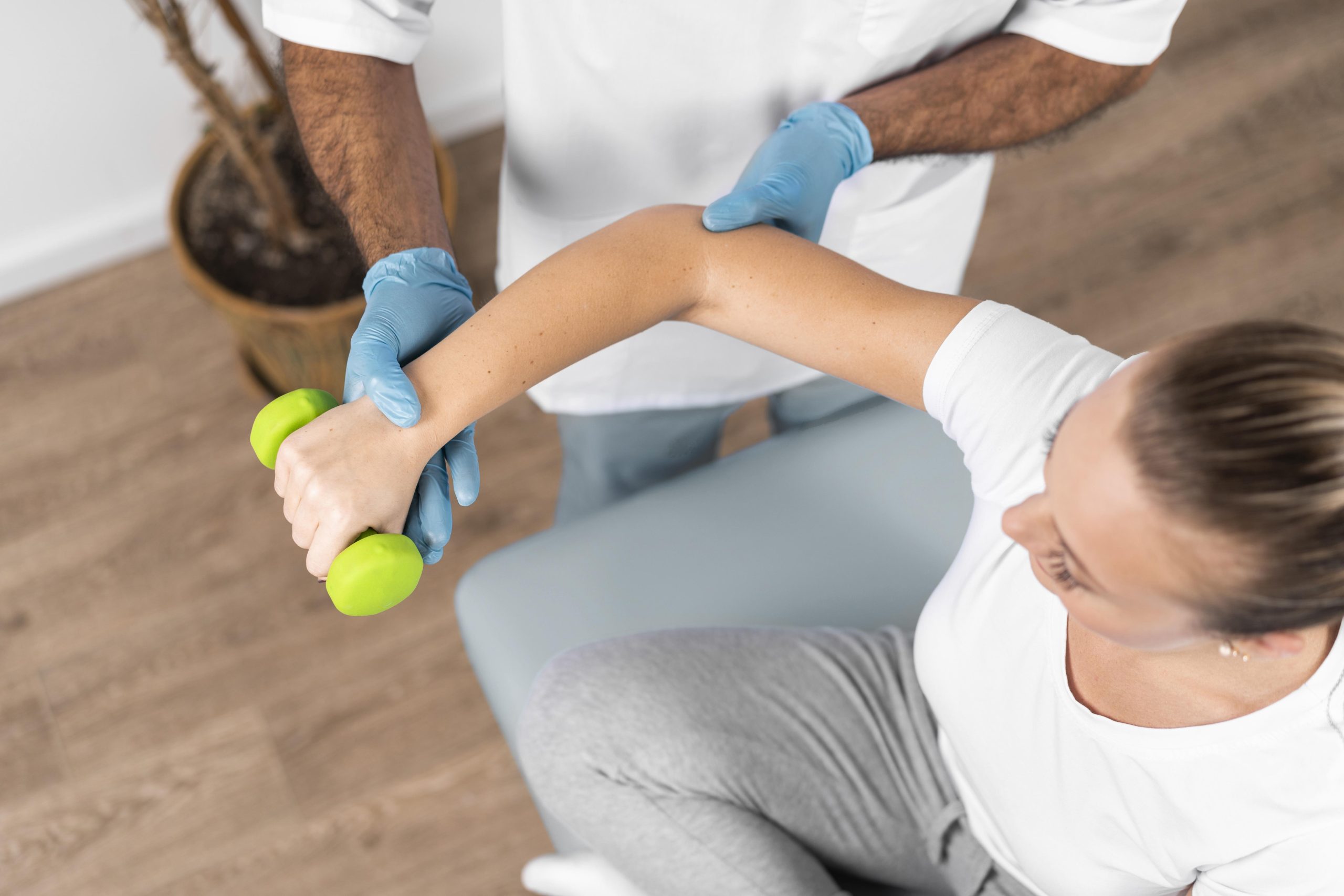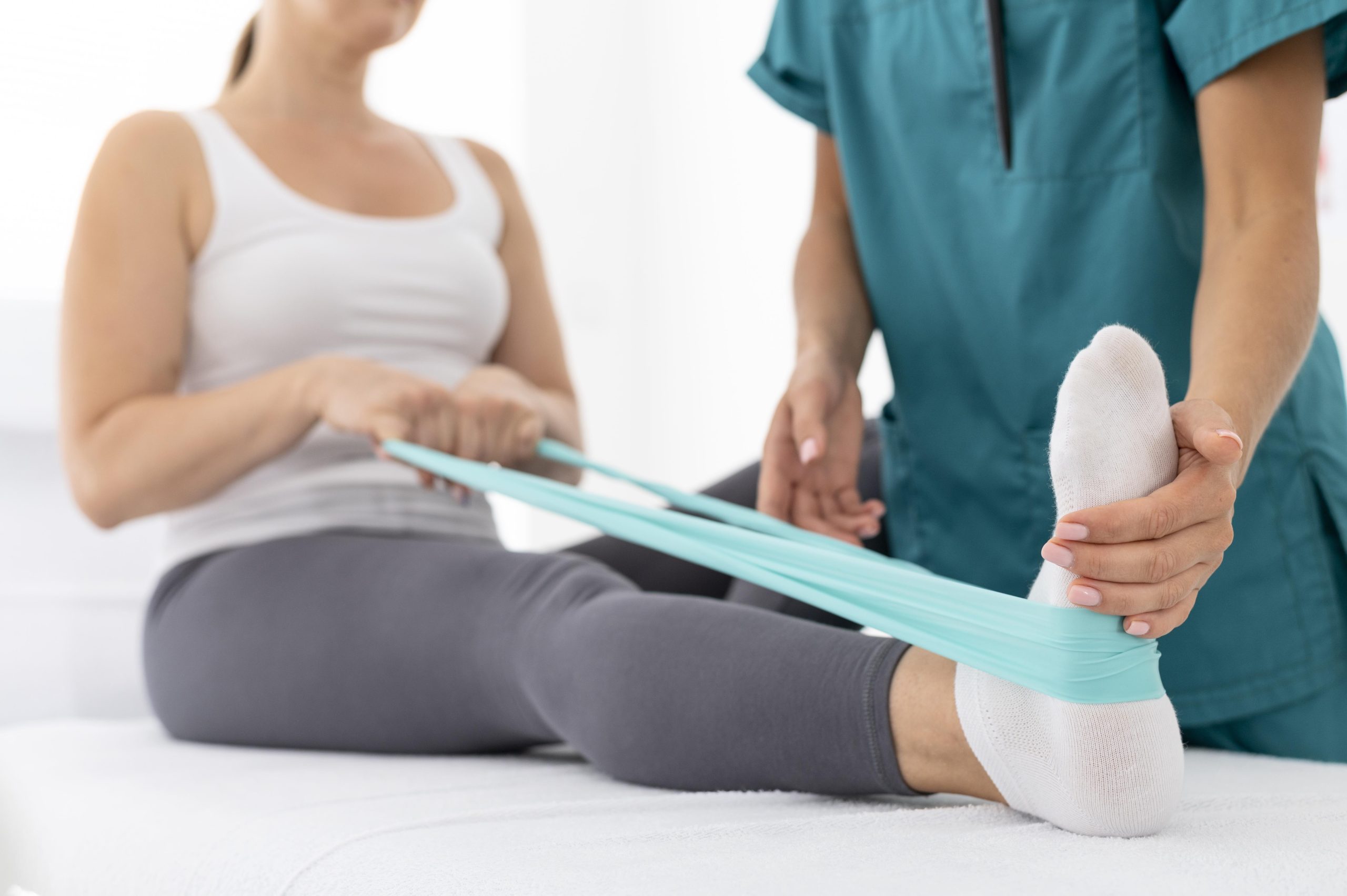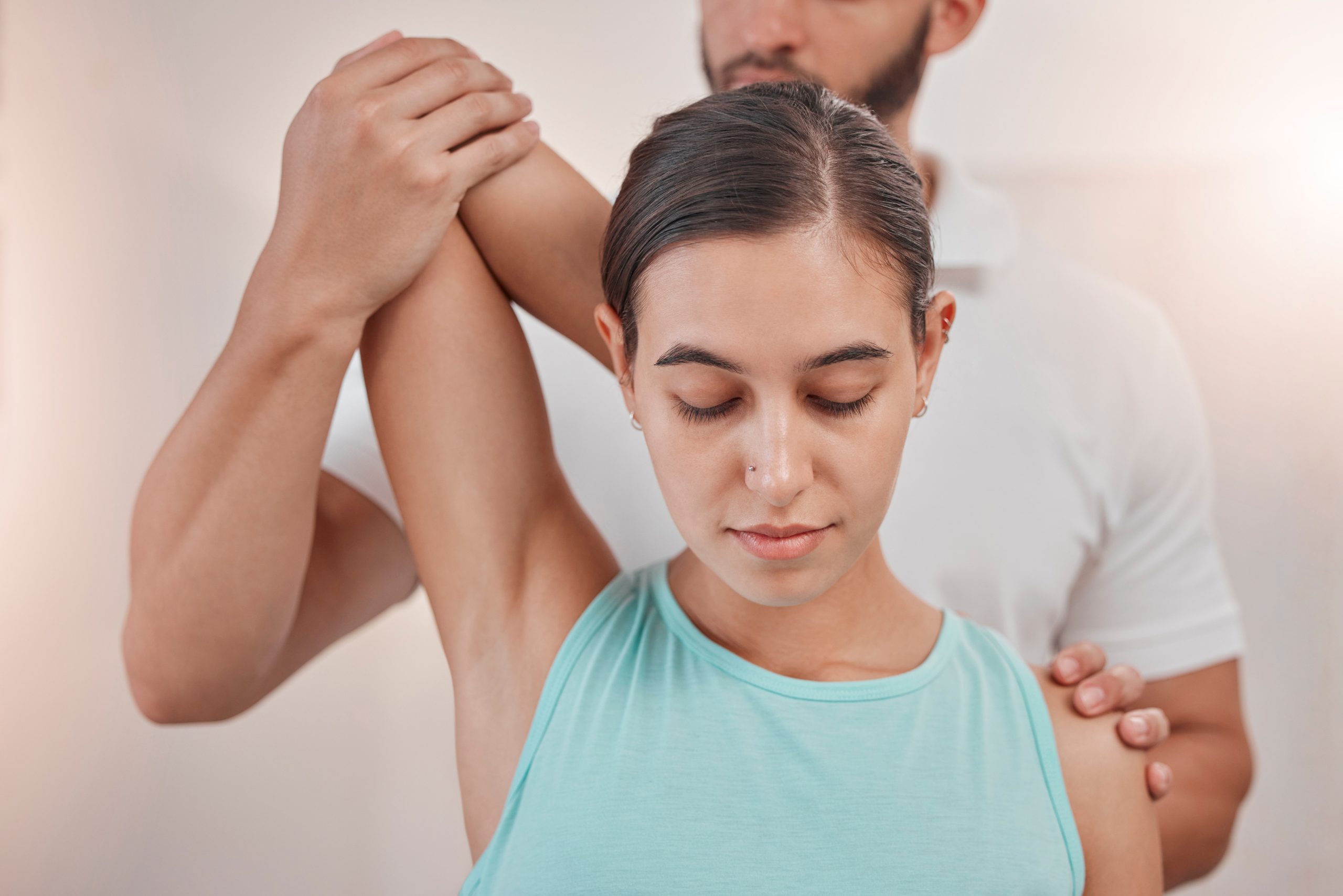
The McKenzie method
The McKenzie method is a physiotherapeutic concept based on diagnosis and mechanical therapy. This therapeutic approach was described more than 40 years ago by New Zealand physiotherapist Robin McKenzie, and since then it has been taught and practiced in more than 30 countries in a standardised way. In Valencia, it was put into practice by the German physiotherapist Dagmar Hetterich, backed by extensive training and professional experience of more than 25 years.

Autonomy and auto-therapy of the patient
The McKenzie method is based on an individual functional diagnosis of each patient’s condition. The patient learns which postures and movements relieve pain and improve their quality of life. The physiotherapist guides and instructs the patient to perform the exercises correctly. Manual intervention by the therapist or by equipment is complementary. The McKenzie method is one of the therapeutic concepts with extraordinary scientific evidence and correctly practiced, it is highly effective to treat musculoskeletal dysfunctions and pains of the spine, joints and extremities.

Which patient can benefit from the McKenzie method?
The McKenzie method is valid for a multitude of diseases of the musculoskeletal system, although there are also diseases or pains that require another therapeutic concept or even surgical treatment. Especially indicated for the McKenzie method are patients with:
- Back pain and radiating pain to the hands or legs (low back pain, sciatica, neck pain)
- Acute deformities (kiphosis, torticollis, lateral shift)
- Headaches
- Dizziness
- Shoulder, hip or knee pain (artrosis, post-trauma, post-surgery)
- Sciatica
- Spinal disc herniation
- Muscle contractures
Make an appointment
















